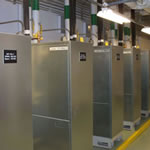
Green schools grow environmentally conscious students.
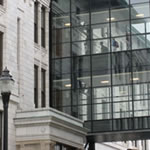
Making long-existing structures technologically up-to-date is a challenge, but it can be done.

It takes more than bricks, mortar and roofing materials to keep the heat (or cold) in and the rain out. Here's a look at what you need to know.
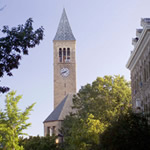
School administrators walk a tightrope, balancing their desire for a green campus with the need for an acceptable ROI. Here are three examples of how campuses strike that balance — or, in one case, not worry about it at all.
Green, CHIPS, LEED, net zero, carbon neutral — what does it all mean?

Save Money and Conserve Natural Resources for Educational Facilities
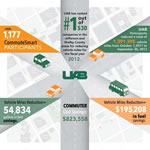
The University of Alabama at Birmingham ranks high in ride-sharing.
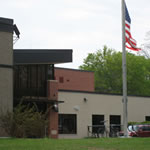
Doing it right can save money and please the district and community.
Using facilities technology as a teaching tool.
Thoughts about the silent consumption of energy on campus.
Energy-efficient propane can help schools be and save green.
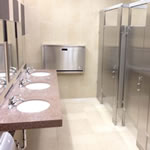
Here's how two campuses are satisfying administrators by saving money and satisfying students by increasing sustainability in their restroom and locker room renovations.
Wesleyan University’s student-designed permaculture garden blooms to life.
How Seattle's Bertschi School expansion became the fourth "Living Building" in the world.
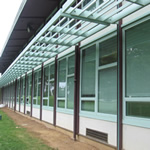
Creating a sustainable building envelope can be complicated, but worth it. Think about today and tomorrow. Educational institutions need to plan for sustainable management of their built assets both now and in the future. Building envelopes are part of that effort.
So what is the solution to IEQ factors, acoustics, daylighting, thermal control, air quality and the effect each of these places on the other? The short answer is proper planning and coordination.
Edison Technical High School was originally founded in 1906, just 21 years after Fresno, Calif., was incorporated as a city in 1885. Those who had originally traveled to central California in search of gold and adventure found the regions soil rich
As architects and designers we are uniquely able to incorporate sustainable strategies into all of our projects, regardless of whether or not the project will be filed to achieve third-party certification. Sustainable strategies can be incorporated into any project through passive strategies, mechanical systems, and finish and furniture selection.
Reducing energy consumption is hugely beneficial, and nearly everyone is practicing good kW-cutting habits. But the second most direct route to decreasing energy costs is often overlooked: managing the energy purchase itself. The largest barrier to purchasing energy at lower prices: understanding the deregulated energy markets.
Something old, something new? That may work great in weddings, but how about campus renovations? In constructing new buildings, assuring good indoor environmental quality (IEQ) is a basic consideration. But when it comes to renovating older facilities, special efforts must often be taken to apply modern standards in acoustics, daylighting, thermal comfort, and air quality.
Sure, it’s easy to toss trash into the proper receptacles and to turn off the lights when leaving a room, but how does a university with thousands of personnel, administrators, and students on campus initiate a greener place to live, work, and study? Green initiatives for the higher education sector are everywhere, and there are so many ways that colleges can get involved, from implementing cleaner technologies that use less power consumption to offering vegan dining choices in the cafeteria to properly disposing of old, outdated printers.
Intelligent services combine technology, proprietary analytics and expertise in heating, ventilating and air conditioning (HVAC) systems to continuously collect, interpret and act upon data from building systems and controls to optimize operational perfor